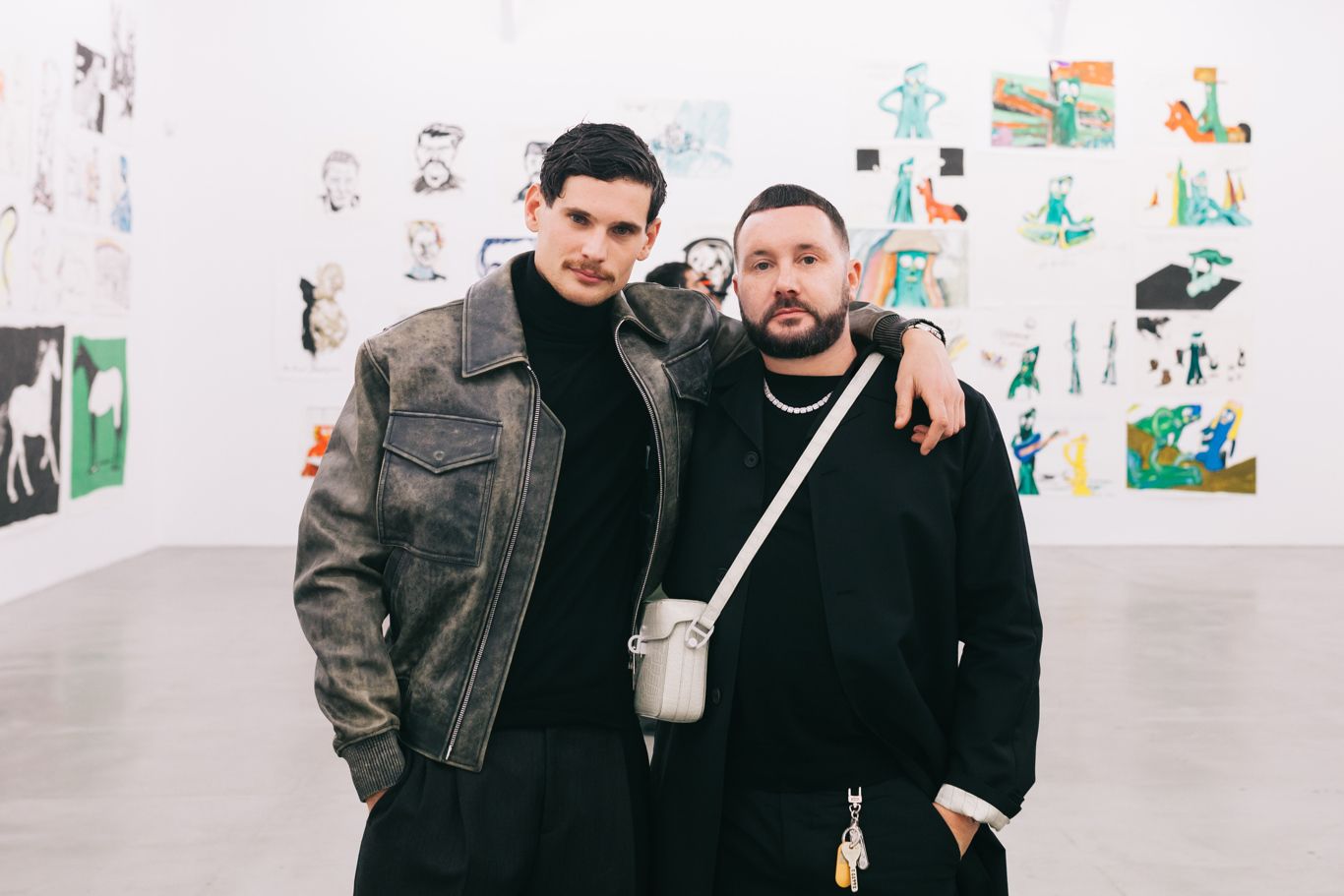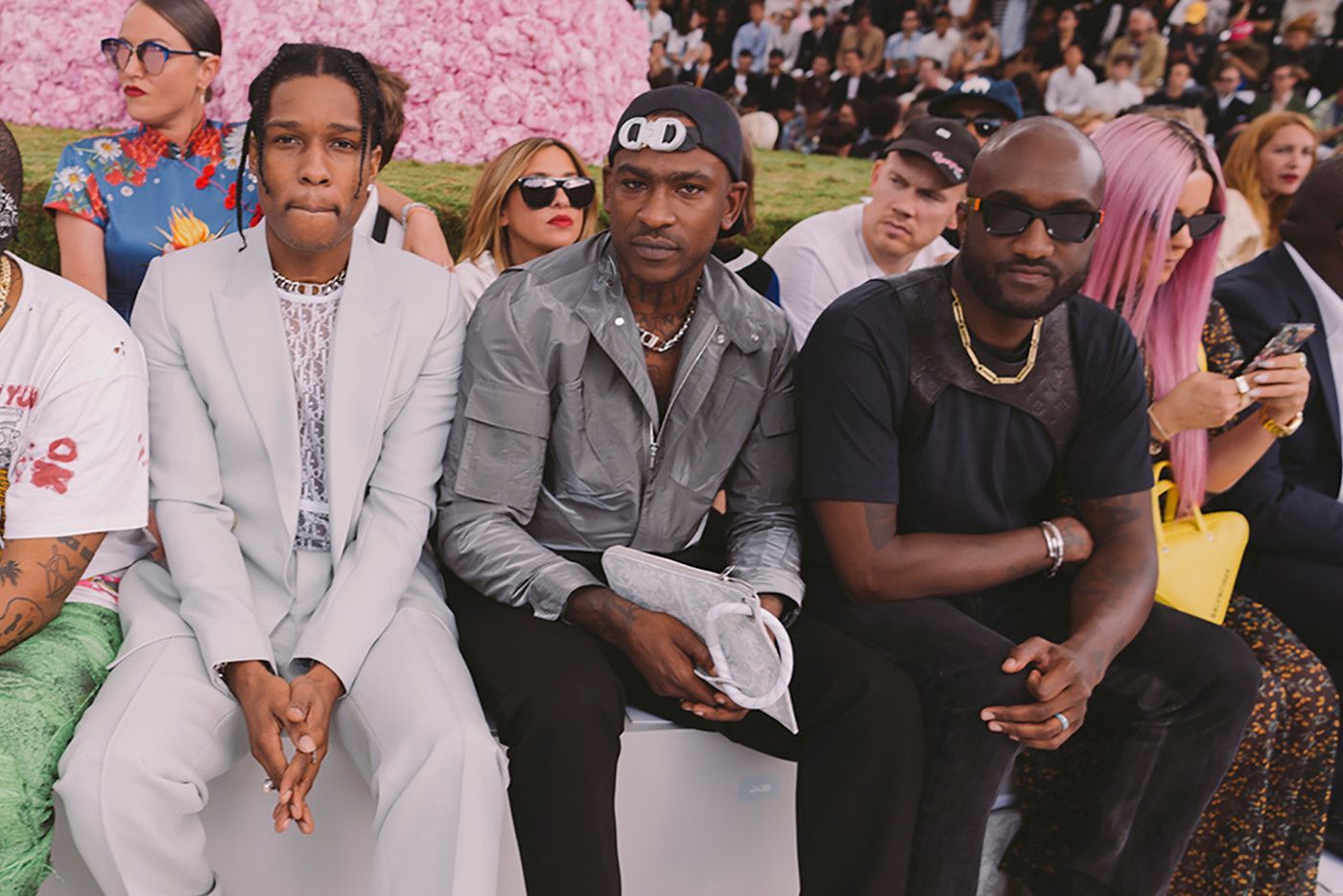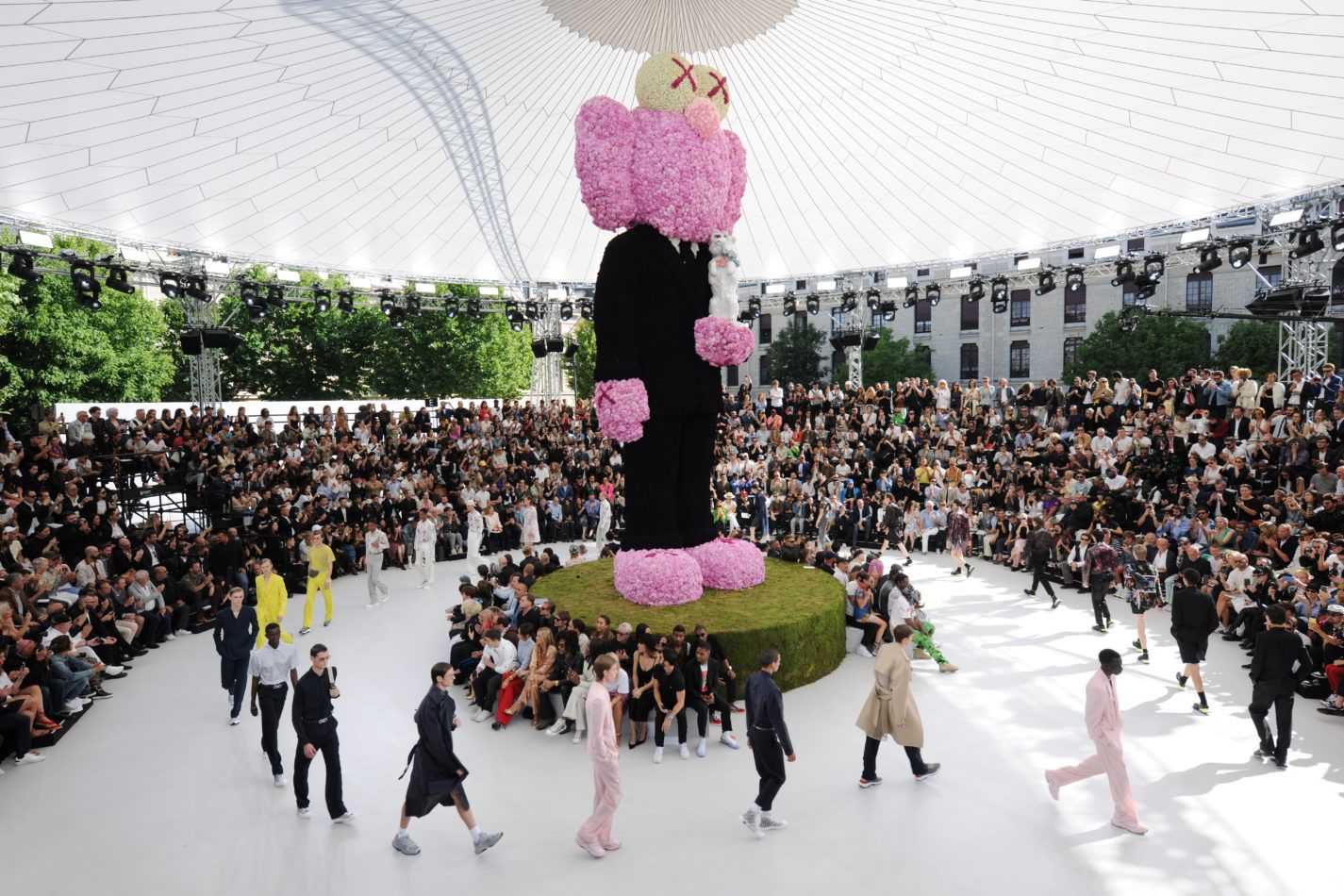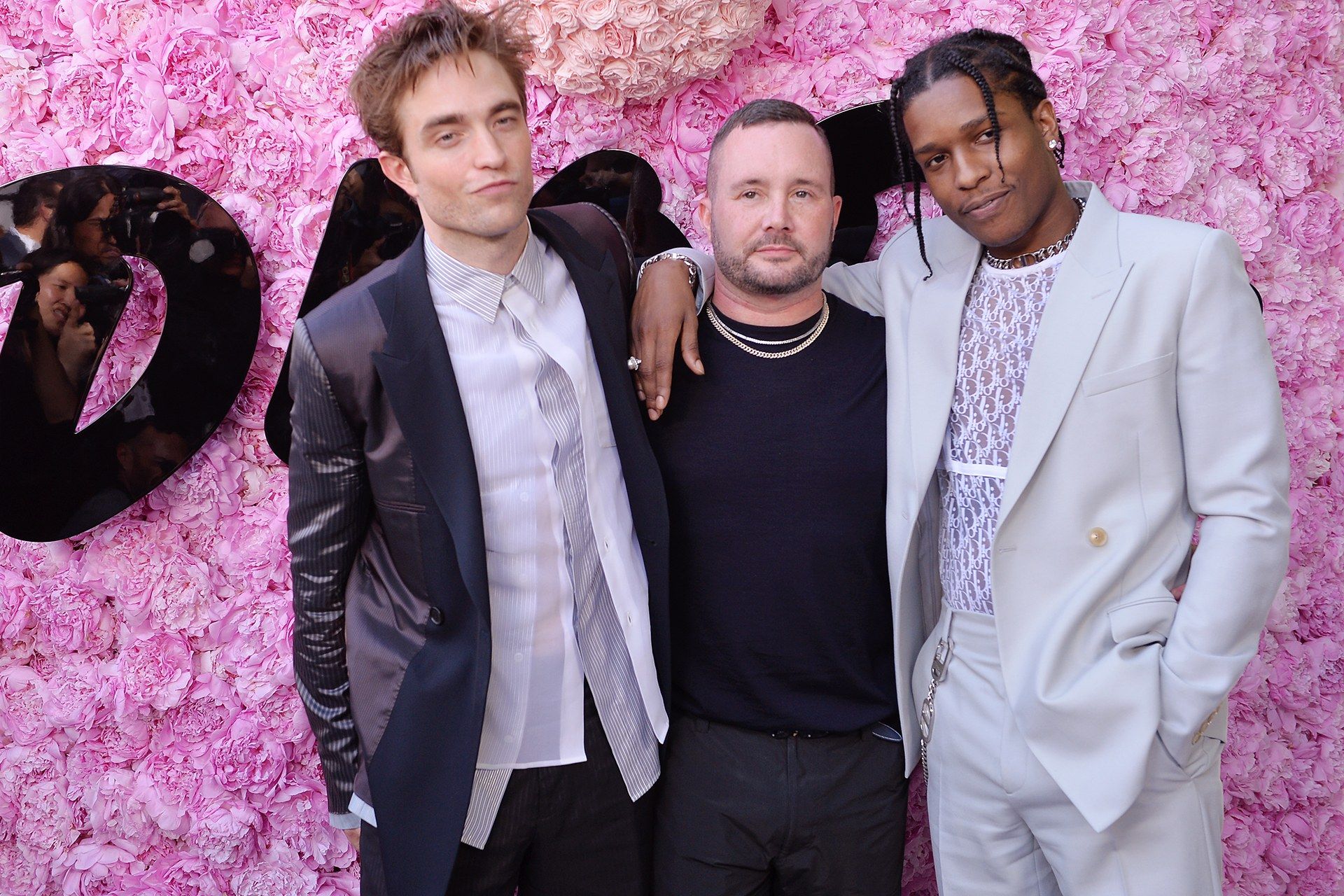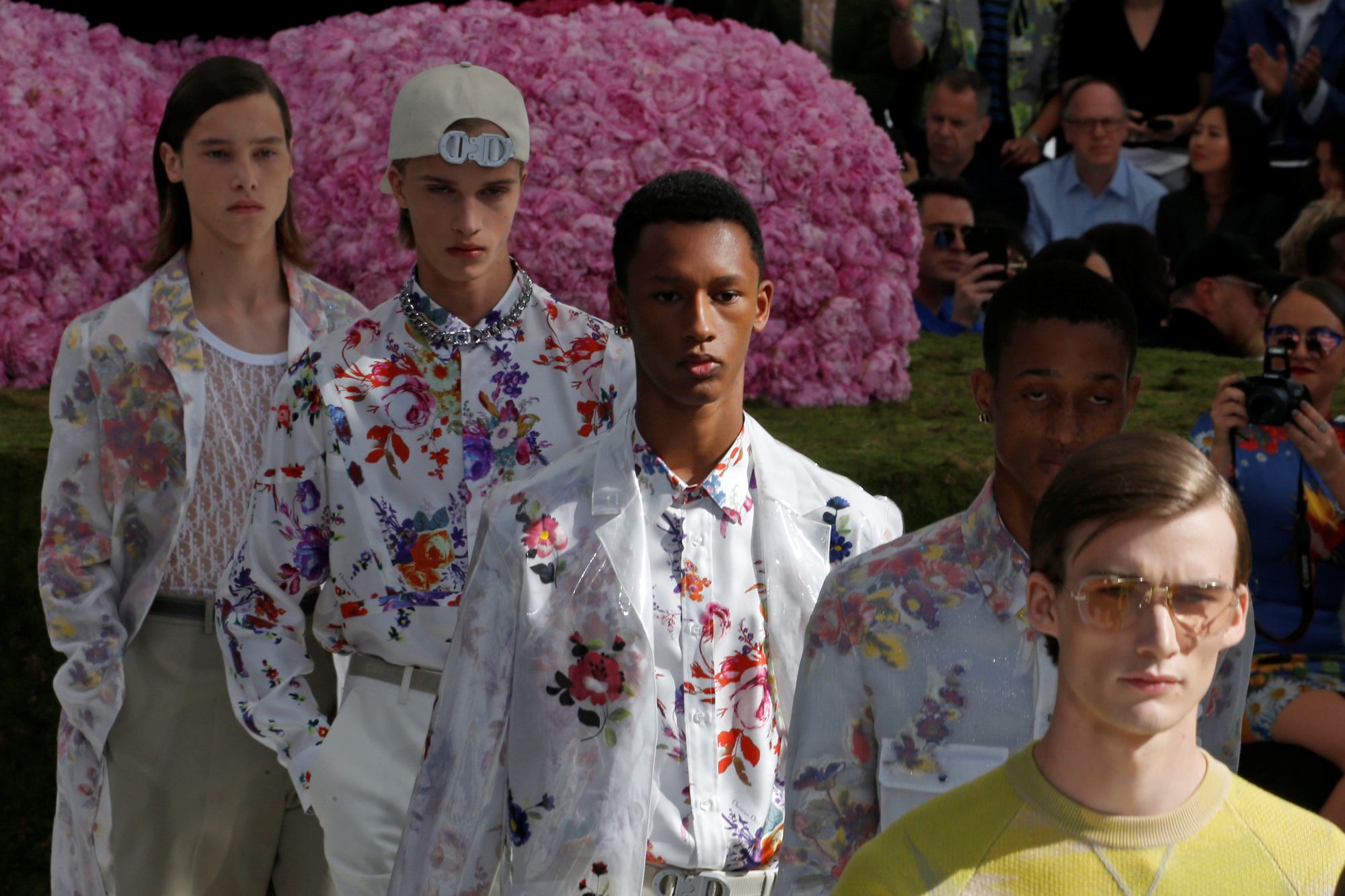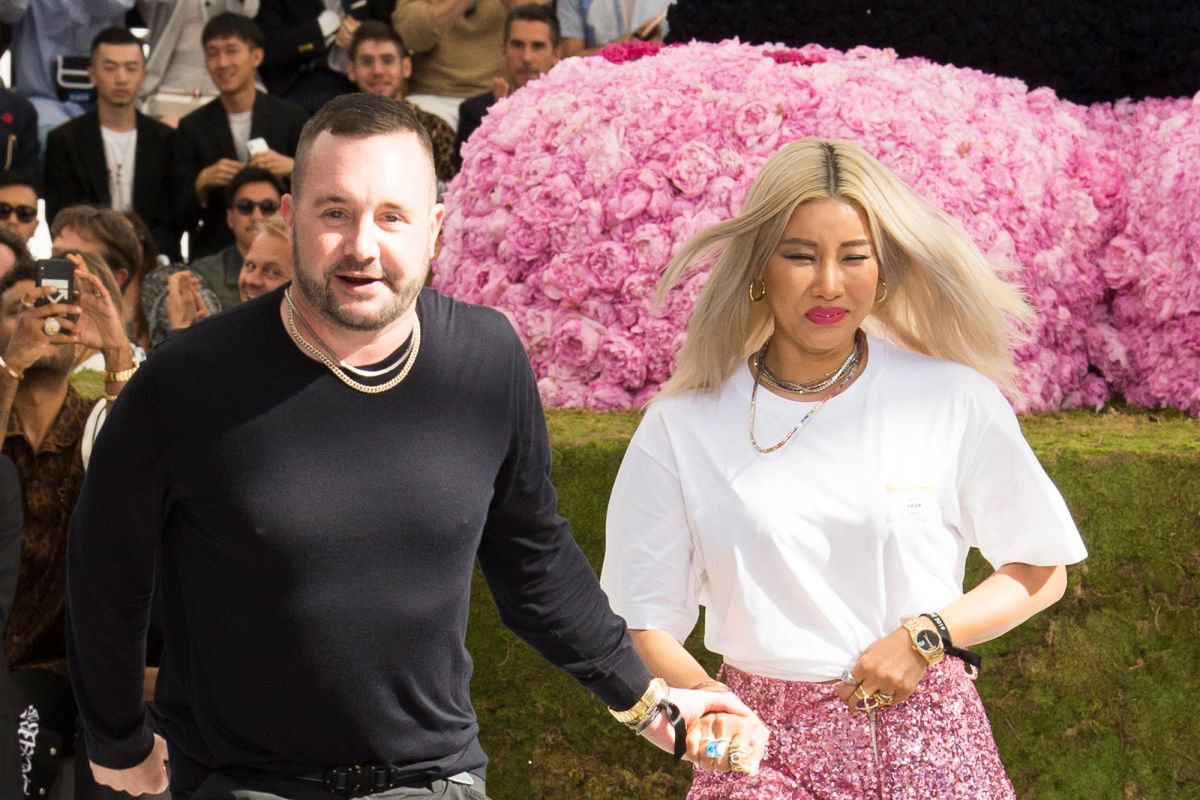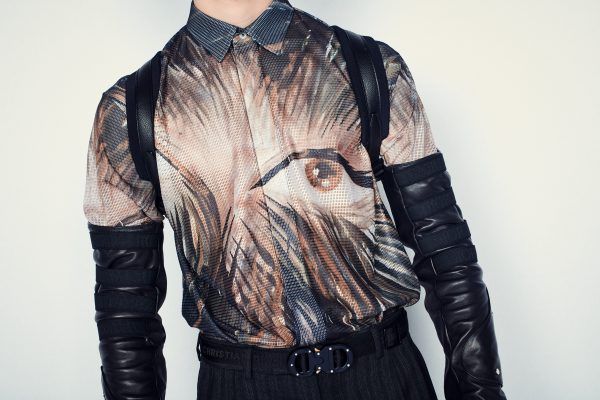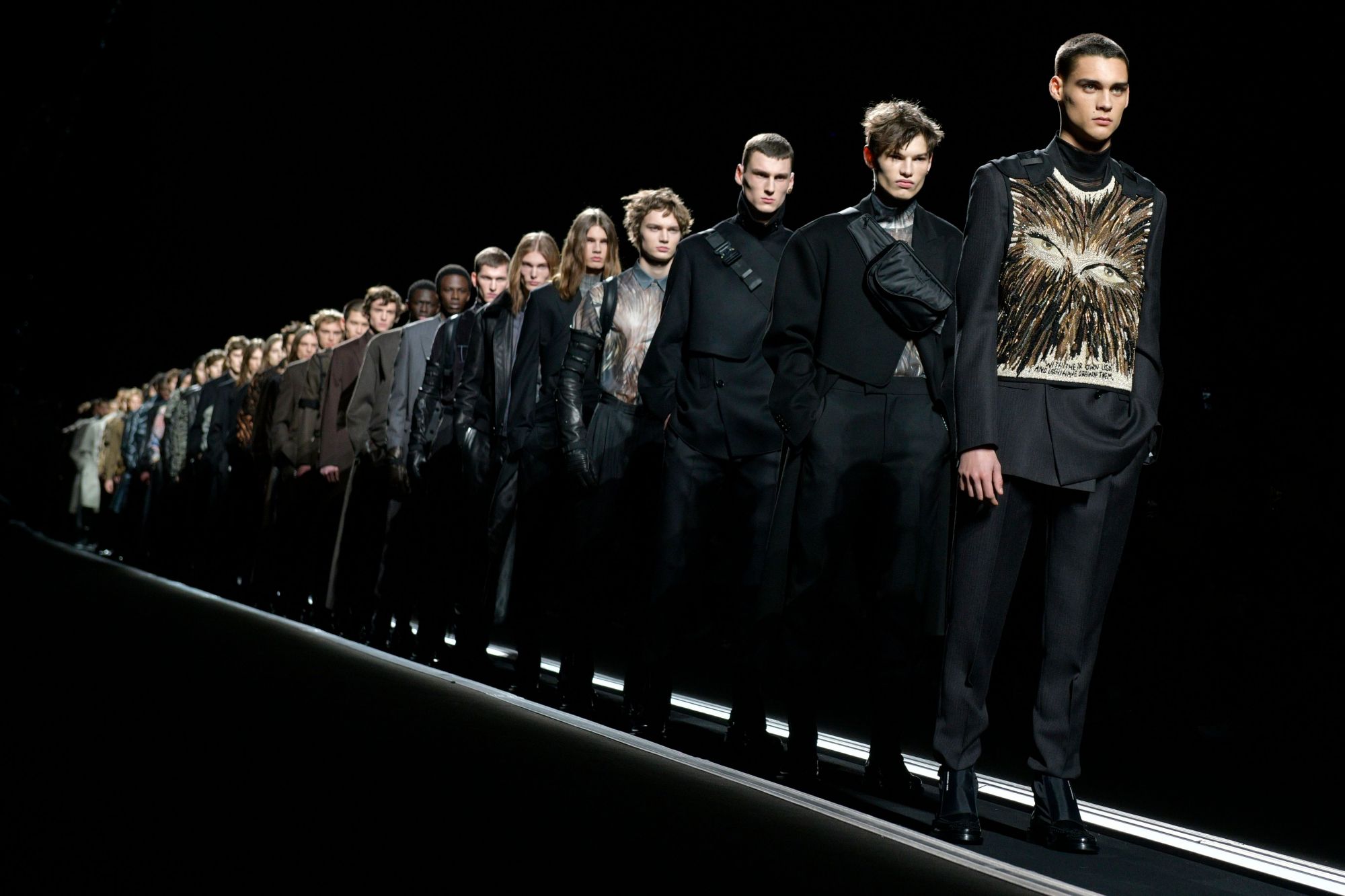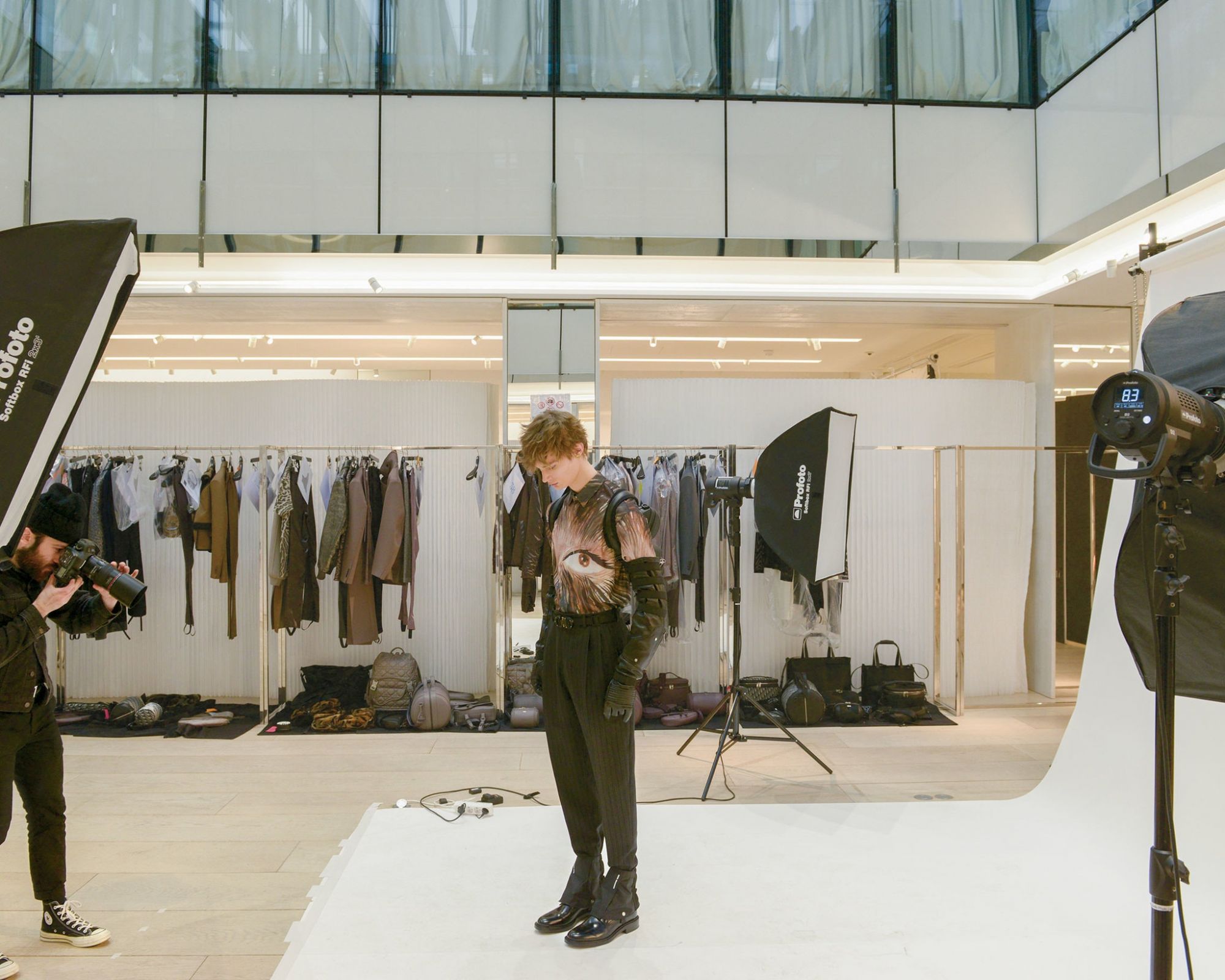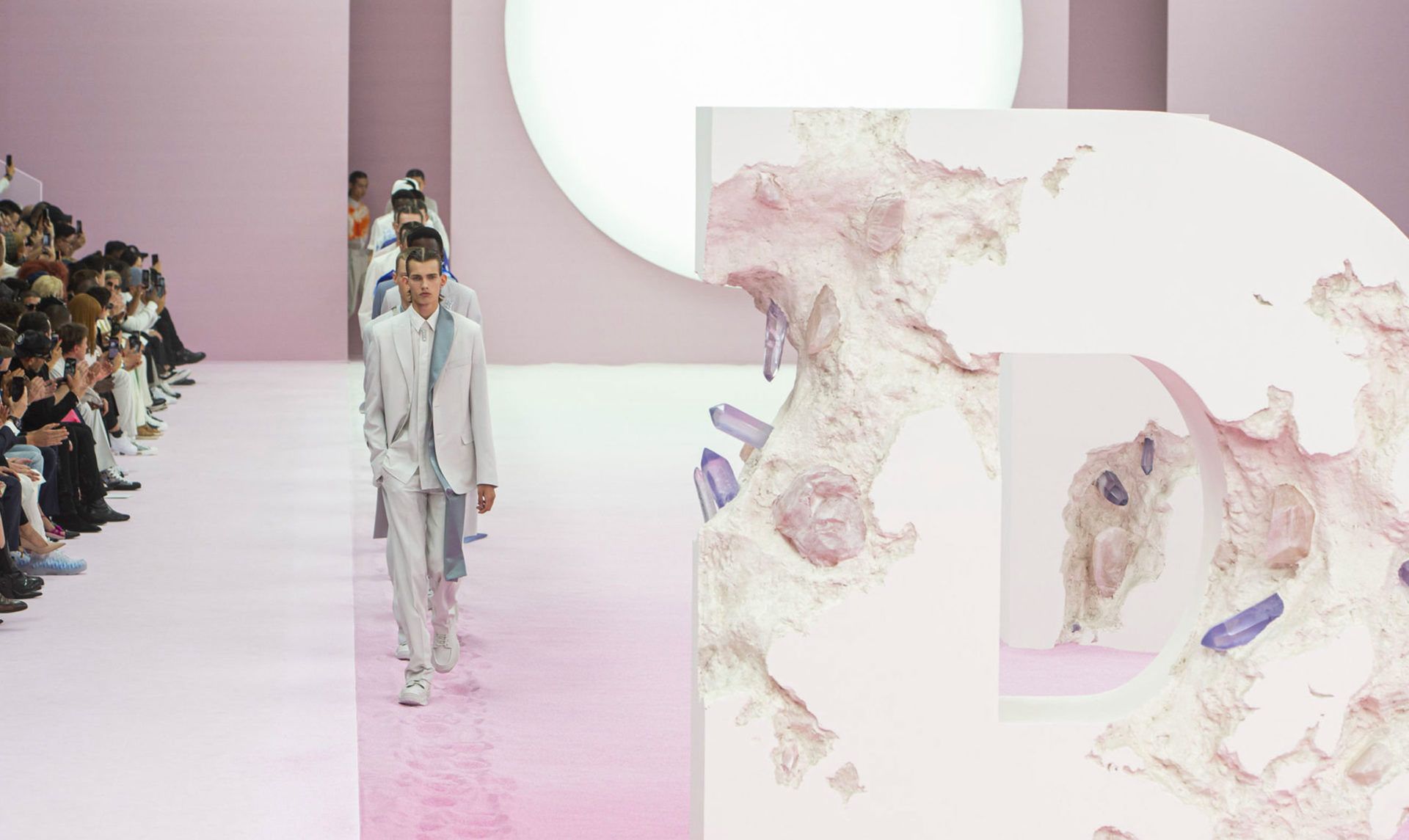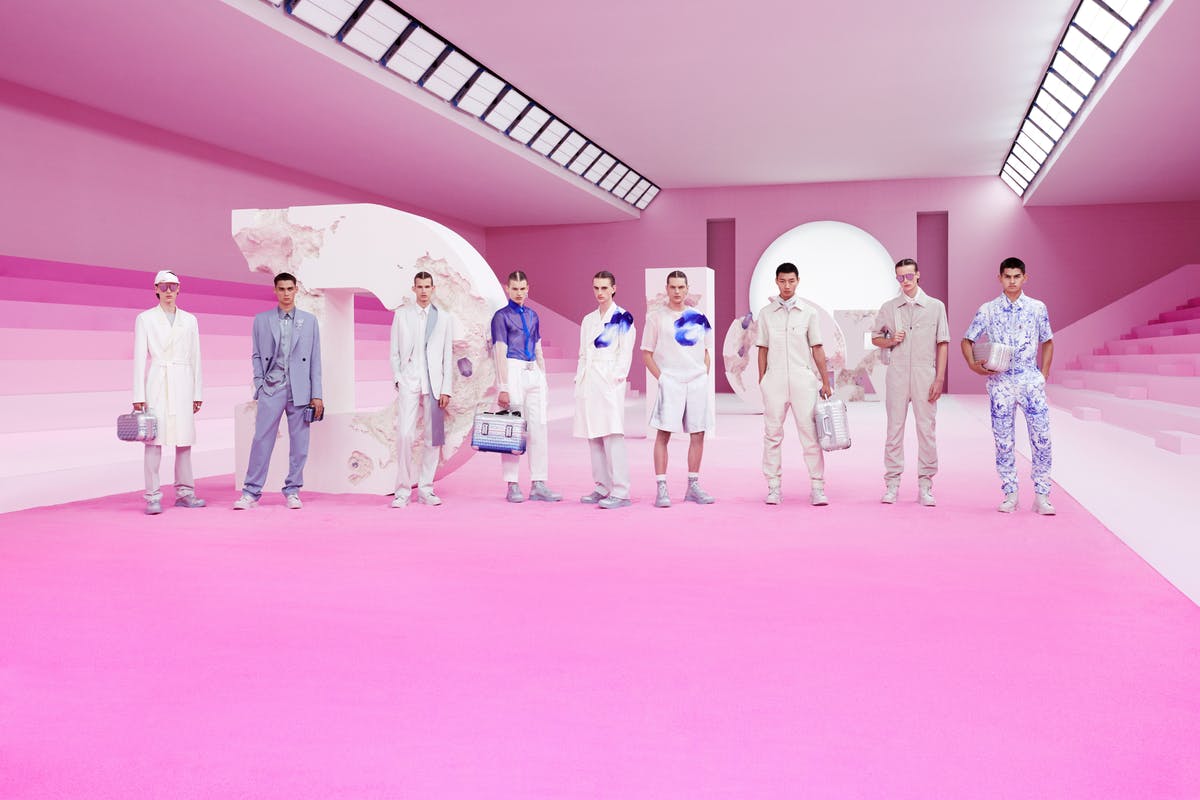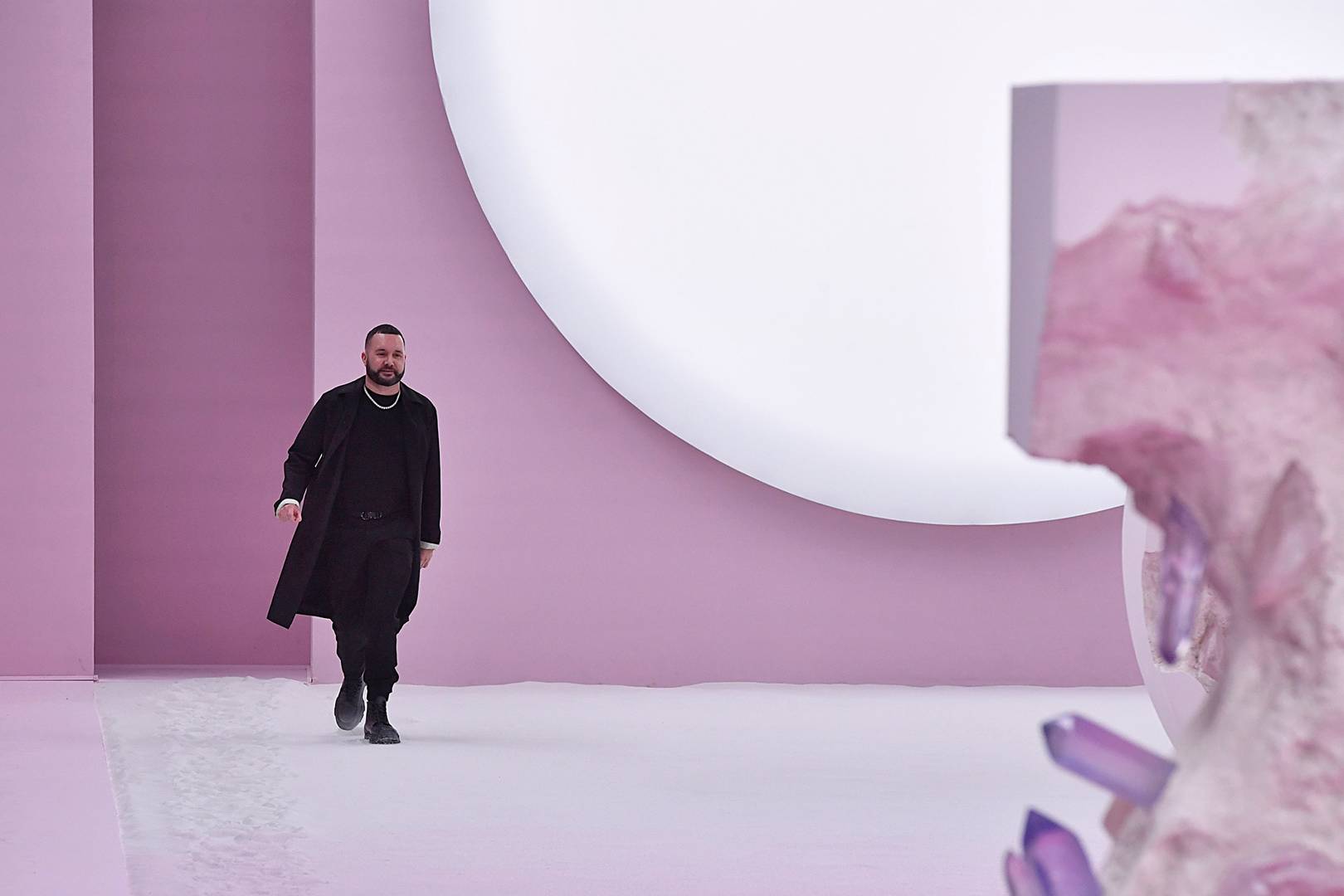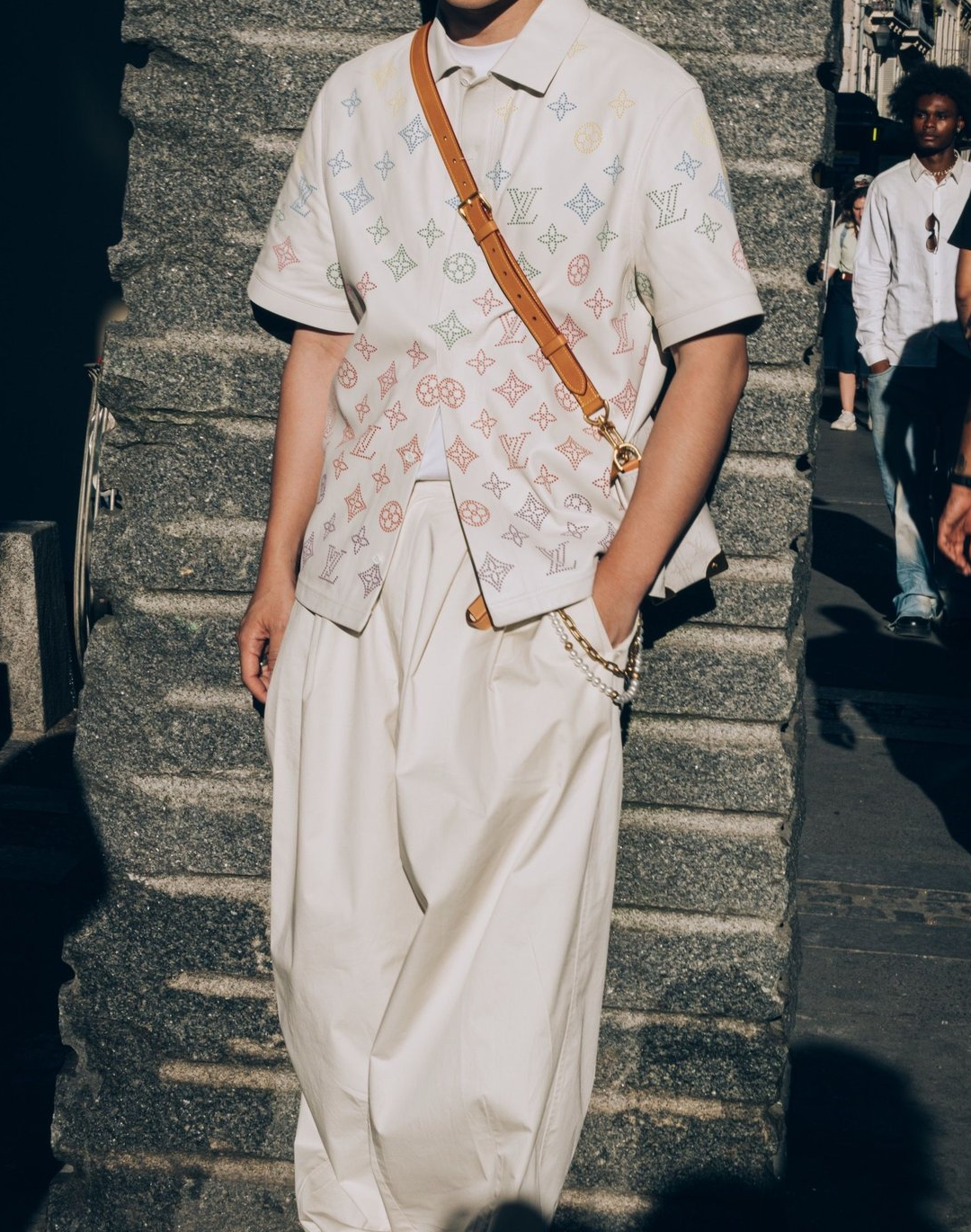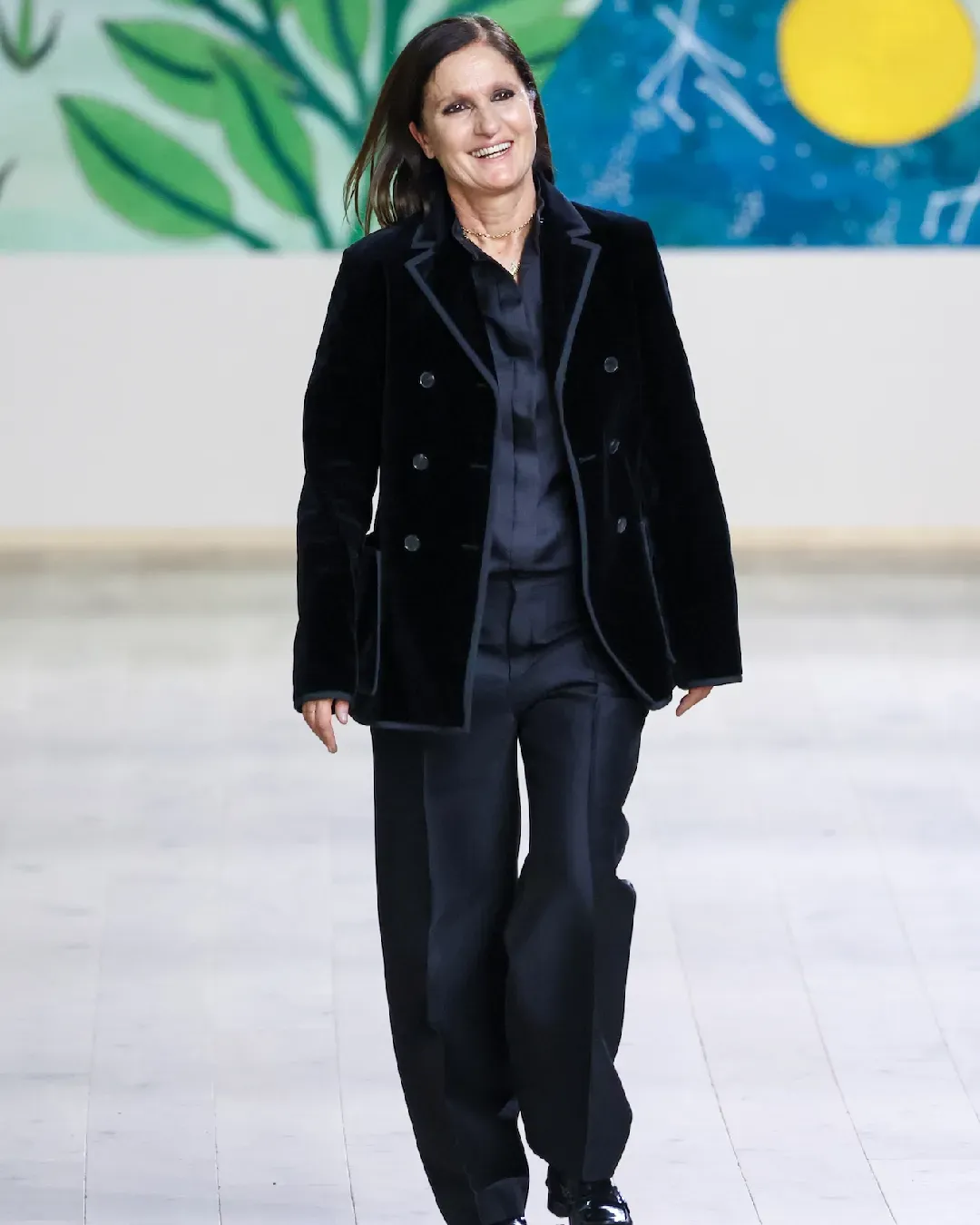
The age of Kim Jones Behind the designer's aesthetic that brought Dior into the digital age
Dior's Pre-Fall 2020 show in Miami was a triumph for the French fashion house, but even bigger for Kim Jones, Creative Director of the Menswear line. When Jones arrived from Dior, after seven years at the head of Louis Vuitton's men's line, he launched the brand's identity in new directions, after the ten years of artistic direction of Kris Van Assche. The Belgian designer and Hedi Slimane before him had ferried Dior in the 2000s, a world (and a market) very different from that of today, influenced by different artistic and cultural references. If Kris Van Assche had already had the merit of inserting elements of streetwear into the collections of the fashion house, keeping his aesthetic young (it was during his regency that Aaap Rocky and Rami Malek became the faces of Dior Homme), the emphasis he placed on tailoring prevented Dior from truly breaking into the pop world.
For the SS19 show in Paris - his debut at the helm of the maison - a 30-metre-high christian Dior statue made by Kaws stood in the centre of the catwalk. In this tribute to the legendary coutourier lies all the poetics of Jones: reinterpreting the past by celebrating it through the works of one of the most innovative contemporary artists. The reason for this tribute? Christian Dior was an art collector and friend of the greatest artists of his time, innovative painters, celebrated in museums at the time as now are Kaws and Raymond Pettibon and Daniel Arsham. Jones himself stated:
“[Christian Dior] was a gallerist who worked with Picasso, Salvador Dalí, Max Ernst and lots of artists who were famous while alive. I wanted to do that for the digital generation.”.
Jones brought back Dior's symbiosis with art, collaborating with artists such as Kaws, Hajime Sorayama, Raymond Pettibon and Shawn Stussy. This type of operation is not only the perfect example of the "restoration" operation carried out on the Dior identity, but also reflects Jones' attitude towards collaborations.
Collaboration not only with artists but also with designers outside their own home house has been one of the hallmarks of Kim Jones' tenure at Dior, and has as a clearer example the Saddle Bag. The women's handbag created by John Galliano at the time of his artistic direction, was reinterpreted by Jones for the men's wardrobe, making it more "manly" through the use of the metal buckle designed and used by Matthew Williams for the garments of Alyx Studio. This "embedded" design element in the Dior wardrobe has not been alien, rather it has only better defined its identity by casting a spotlight on the work of a new designer and confirming its value and artistic status.
Every collaboration made by Dior in recent seasons can be defined as symmetrical, as it increases the value of the larger brand, which "welcomes" a detail and recognizes the value of the smaller brand, while giving it visibility. The same could be said for the works of milliner Stephen Jones and designer Yoon Ahn, founder of Ambush and creator of the fashion house's jewelry, or the recent collaboration with Rimowa. Collaborations therefore no longer dialogue only horizontally, making creatives dialogue, but also vertical, creating a contact between distant worlds. After all, Jones was the mind behind the most iconic collaboration of the decade, Louis Vuitton x Supreme.
Before he even joined Dior, Jones had brought his concept of luxury streetwear to Louis Vuitton. During his seven years in charge of the brand's menswear, Jones introduced tech fabrics from the world of sportswear, sneakers, graphic t-shirts and tracksuits into the fashion house's proposal. Before that, Marc Jacobs had collaborated with Takashi Murakami and Stephen Sprouse and even designed a sneaker with Kanye West but, before Jones' arrival, Louis Vuitton was still a traditional brand, whose strong sectors of menswear were still leather goods and tailored suits. It was Jones who was responsible for that gradual shift, then consecrated with the collaboration with Supreme, who prepared the ground for the arrival of Virgil Abloh. Thanks to Jones, streetwear also came from Dior. The most striking example is certainly the collaboration with Air Jordan, the most prestigious of 2019, but Jones' street sensibility has entered Dior's DNA very prominently since his arrival.
But Jones is not just an innovator. The recovery that made Christian Dior's identity has totally respected the genetic code of the brand. The brand was born in '46, in the middle of the post-war period, and its revolutionary charge lay in the optimism that its feminine and precious garments conveyed in contrast to the austerity that dominated the women's fashion of those years. Dior's historic clothes and the "New Look" were a symbol of rebirth. The spirit of that optimism is replicated by Jones in his creations for the men's line, declined in terms of freshness and novelty. The Oblique Tailleur men's dresses are far from the rigidity of the traditional men's dress, yet they retain all their formality and elegance. Here's how Jones described it:
“The suit is Dior’s cornerstone. Not wanting to take our loyal customers out of their comfort zone, we have chosen to work on an existing cut, making changes to the length and the shoulders. For new customers, I have added "leisure" suits that are more casual and worked on a new line, called Oblique.”.
The choice to bring back the Oblique motif, recovered in the women's collections by Maria Grazia Chiuri in the FW18, is also a tribute to the fashion house's heritage. The jacquard motif dates back to 1967 and was designed by then-creative director Marc Bohan and briefly resurrected by Galliano in 2000 for his Saddle Bag. Although Jones's creations are innovative, in short, they always move within the great and rich history of Dior's house.
If you want to know more about Dior's latest show, nss magazine has dedicated a full article to the show and a closer look at the latest creative with whom he collaborated, Shawn Stussy. If you want to delve into the story behind the Dior x Air Jordan 1, Dior has just released a video in which sneaker guru Sean Wotherspoon discusses the history and inspiration that led to the creation of the shoe.










































